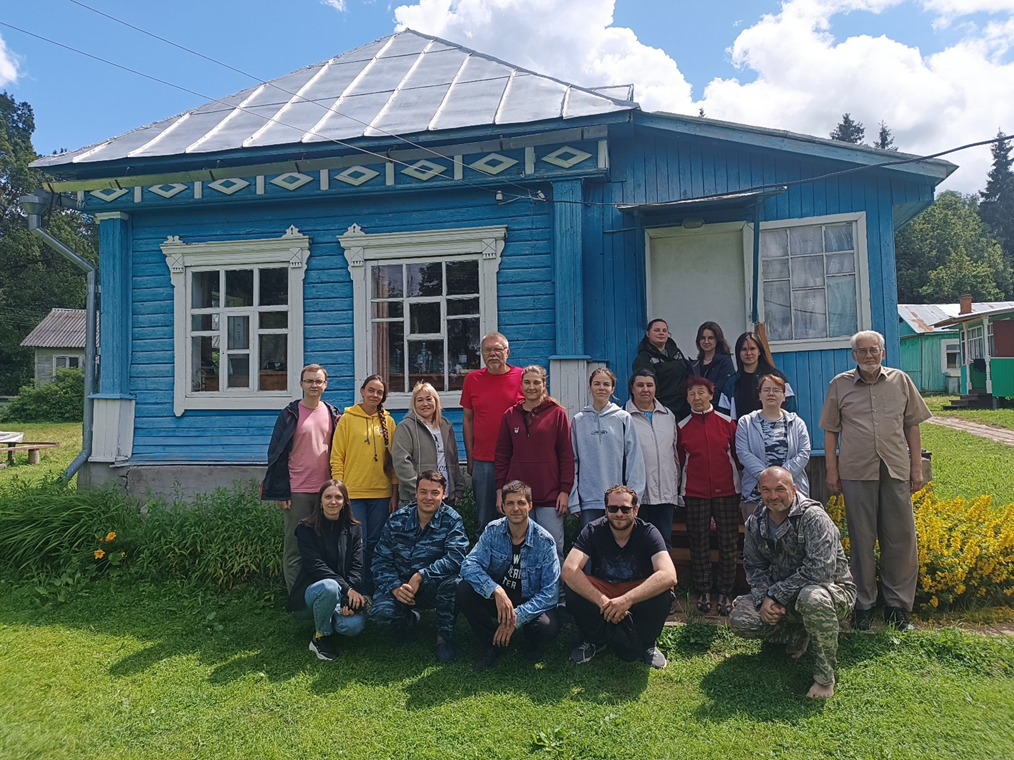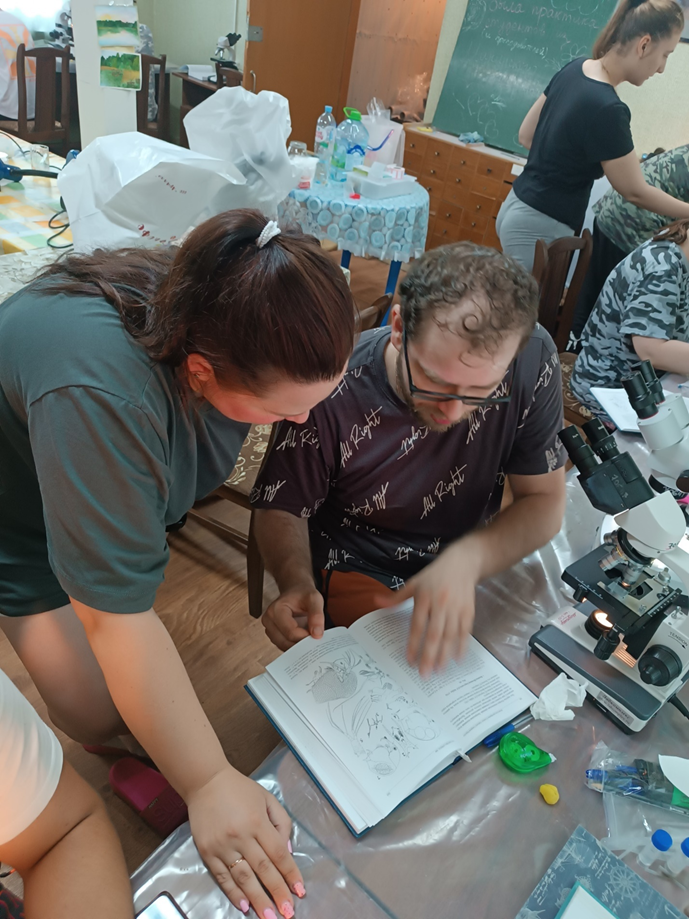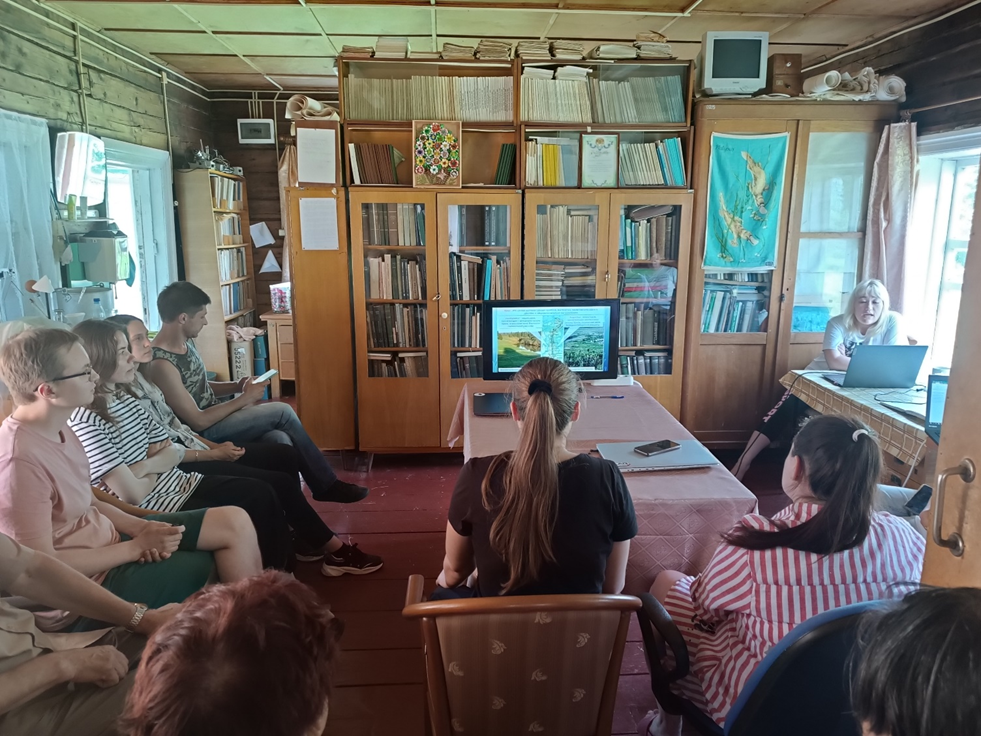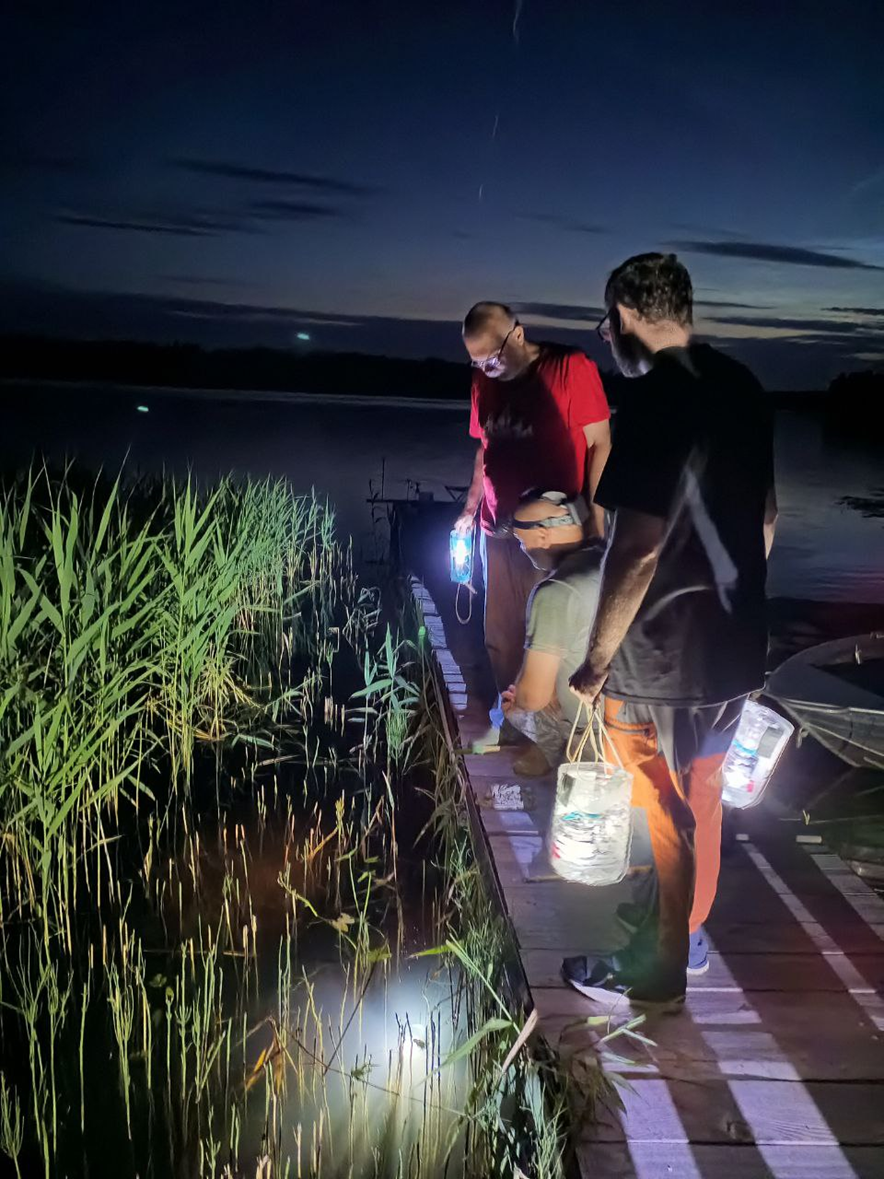
12 students and staff from various cities and institutions of Russia (Irkutsk, Krasnoyarsk, Yekaterinburg, Nizhny Novgorod, Vologda, Yaroslavl region, St. Petersburg and Moscow) took part in the school-conference as listeners in lectures and practical classes. They were given lectures on issues of morphology, taxonomy, biogeography, reproduction and development of cladocerans by employees of the Institute of Ecology and Evolution of the Russian Academy of Sciences N.M. Korovchinsky, O.S. Boykova, A.A. Kotov, A.N. Neretina, A.A. Zharov, P.G. Gharibyan. Associate Professor of the Faculty of Biology of Moscow State University A.Yu. Sinev, currently located at the White Sea Biological Station of Moscow State University, also joined the company of lecturers online. During the school, practical classes were conducted on identifying cladocera crustaceans, both living in Glubokoye Lake and from samples that the participants brought with them. On the last day, a Conference was held, at which students made reports on the materials of their research in the organizations in which they directly work. Some reports aroused keen interest and heated discussion. At the end of the school-conference, students received certificates of participation in it.

By now, holding such conference schools on Glubokoye Lake has become a tradition. Unfortunately, the Biological Station is relatively small and cannot accommodate a large number of students, but it can now be considered as a key facility for improving the level of qualifications of hydrobiologists in the study of certain groups of invertebrate animals (in previous years it hosted schools on Copepoda, Ostracoda and freshwater meiobenthic animals generally). Such schools will undoubtedly continue; in particular, a school on paleolimnology is planned for September this year.


